What is a composite roof? | Examining its types along with advantages and disadvantages
rose rooging: The roof has always been one of the most important structures in construction. The composite roof is one of the methods of implementing the composite roof, among the innovations that have been welcomed by a large number of builders. Composite roof is one of the methods of implementing roof and floor using a combination of steel and concrete. These roofs are very popular among builders due to their advantages such as high speed of implementation, low weight, proper safety, etc.
What is a composite roof?
In simple words, it can be said that the composite roof is a structure that is made by combining steel bars with reinforced concrete. Also, this roof is called a composite roof due to the combination of steel and concrete. The implementation of this roof is very suitable for metal frame buildings.
To read more about roof concreting, you can refer to its article.
Composite roofing
Composite roof components
The components of the composite roof are:
Concrete
Concrete is one of the most important building materials, which consists of the basic combination of water, aggregate and Portland cement. After the passage of time, this material hardens and becomes a solid, which is called concrete.
Sub beam
Sub-beams are the beams that actually make it possible to release the anchor in the connection of concrete members.
You can visit the Sivan Land website to inquire about the price of the roof template online.
steel sheet
Today, most of the metal products are produced in the form of steel sheets, and each type of steel sheet is used for specific purposes. Steel sheets are used in different parts of the building according to their specific application.
Thermal armature
In order to prevent concrete from cracking, drop and heat rebars are used after concreting. In fact, these reinforcements have the duty to prevent the stresses caused by shrinkage and heat of concrete. This reinforcement prevents the concrete from shrinking and expanding and reduces the width of the cracks.
Be sure to read: 7 differences between one-sided and two-sided waffle roof + application and implementation
Brushing, studs and flushing
These auxiliary tools are necessary and obligatory for the implementation and implementation of composite roof.
Types of composite roofs
Composite roofs are divided into different types according to their type and application. He mentioned metal composite roof, Kermit composite, steel deck and Rofix roof. Of course, among these cases, the use of steel deck roof is more common among builders.
Composite roofing
Metal composite roof
This type of metal composite roof is one of the roof and floor implementation methods using the combination of concrete with steel frame.
In this method, after installing the cutter on the sub-beams, the roof molding is done by a punching board between the beams and without the need to use piling. In the next step, after welding the studs on the wings of the load-bearing beams, a network of thermal rebars is placed on the profiles. Then, the operation of the roof is continued by concreting to a depth of about eight centimeters on it. After the concrete forms and hardens, the forms are removed from under the roof.
Among the advantages of using the metal composite roof method:
Not using steel as a tensile member, which causes the lighter weight of the roof.
It is possible to run several roofs at the same time if there is no need for piling.
Due to the composition of the roof, less steel is used in it.
The empty space between iron and steel creates sound and heat insulation space.
The high resistance of the roof in case of basic concreting.
No need for a clay block between the beam and concrete.
Using the hollow space between the beam and concrete for the passage of various facilities such as water, electricity and gas.
Steel deck composite roof
The steel deck composite roof is one of the methods of implementing the roof and floor by combining corrugated galvanized metal sheets with concrete. These roofs are one of the most well-known types of composite roofs that are commonly used by builders. These steel sheets are used as a cover layer in construction.
Be sure to read: Is block or foam better for the roof? Comparison of block and unilith
When these galvanized sheets were first used, they were only used for in-situ formwork, over which reinforced concrete was placed. At that time, due to the advantages of these roofs, including costs, this steel sheet was used only during loading during execution and loading before the concrete set.
With the passage of time, the use of these steel sheets became different, in such a way that there was a mechanical conflict between the lower sheet and the concrete of the roof, and with the help of cutters and peripheral molds, the roof slab was connected to the beams. In this case, the sheets become tensile reinforcements of the roof, finally, a steel deck roof is created from the combination of concrete, bottom sheet and beams. Another advantage of the steel deck roof is its affordable price compared to other composite roof methods.
Chromite composite roof
Chromite composite roof, another method of roof and floor implementation in which chromite beams (open beams), corrugated steel sheet (permanent mold), thermal rebars and concrete are used. The implementation of chromite composite roofs is done in five stages: 1. Installation of chromite beams 2. Molding 3. Reinforcement 4. Concreting 5. At the end of opening the template.
Composite roofs
Among the advantages of implementing a composite chromite roof:
Ease of use and quick execution
Reduction of concrete stress due to standing metal beams
to be economical
The integration of the metal frame of the building with the roof due to the welding of the F beams

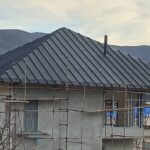
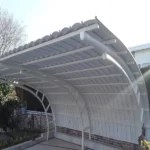
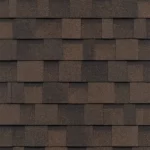
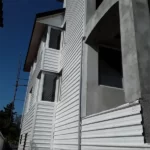
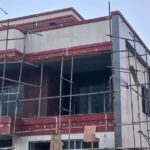
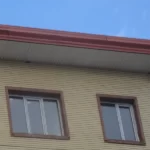

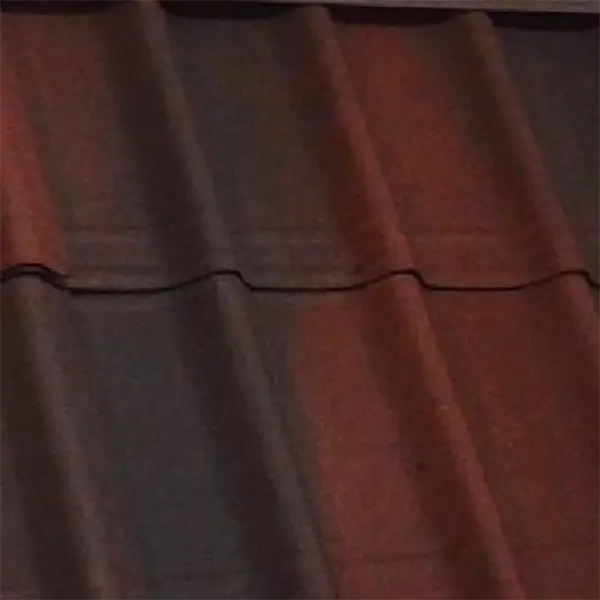
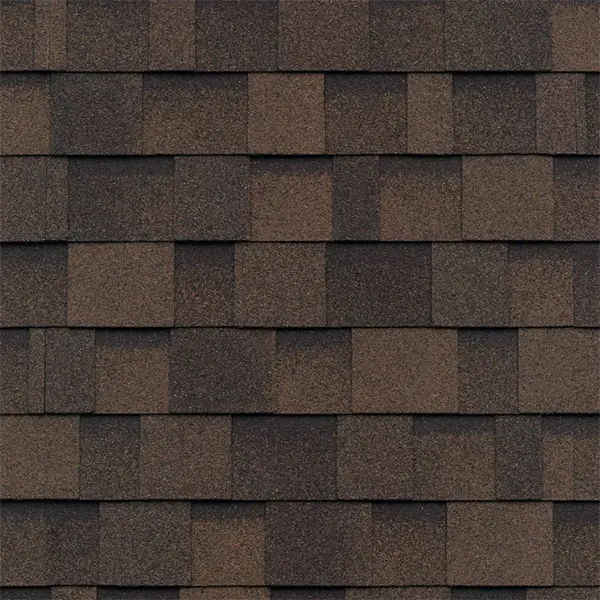




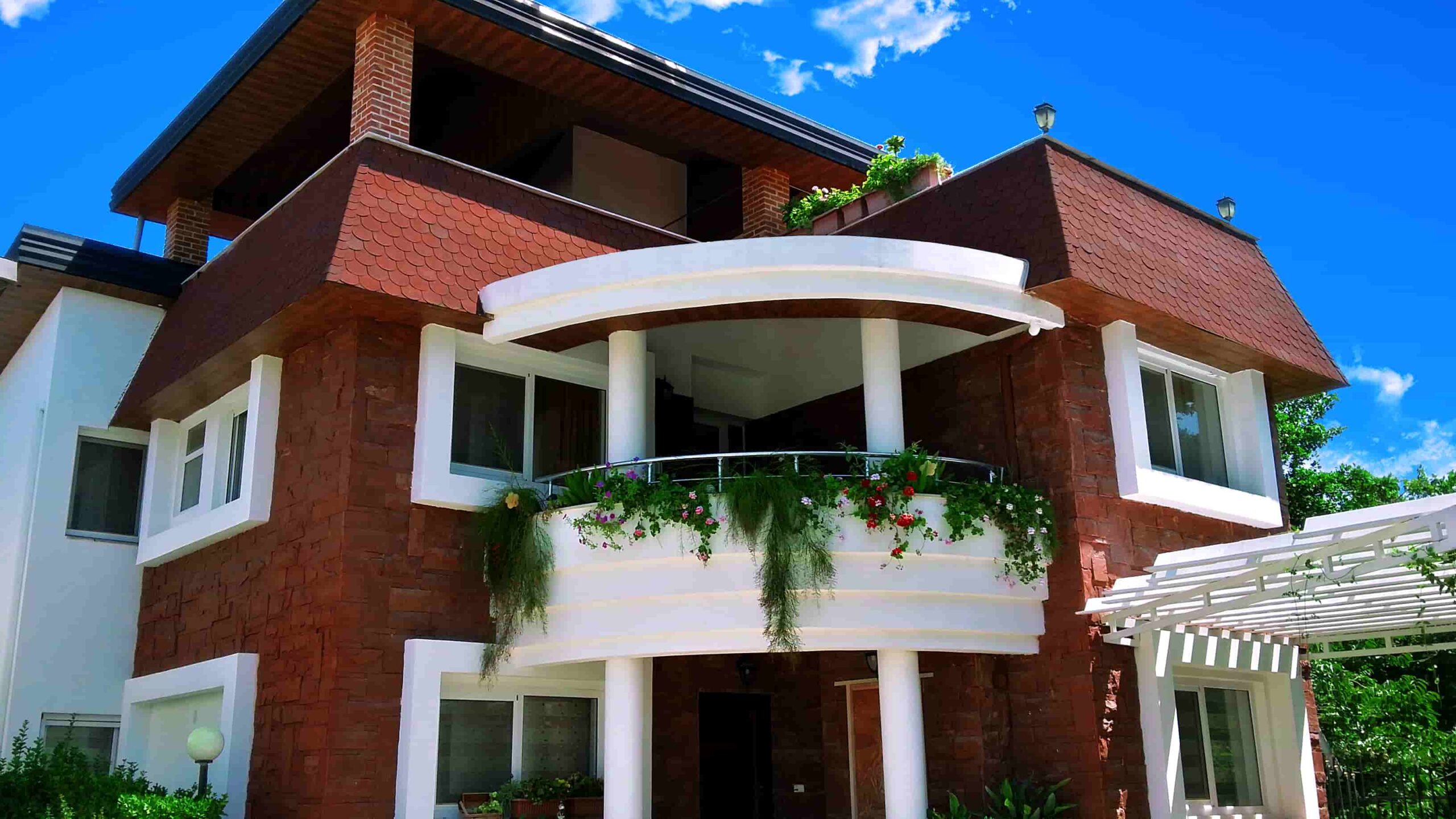
No comment